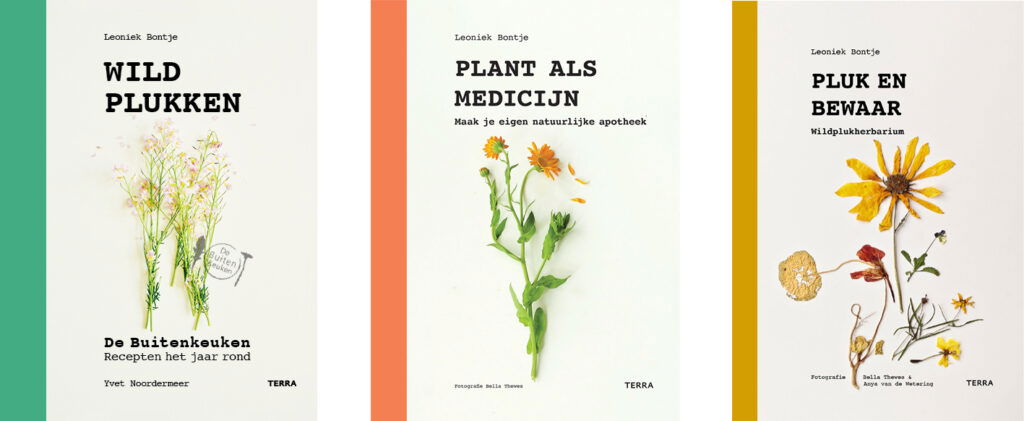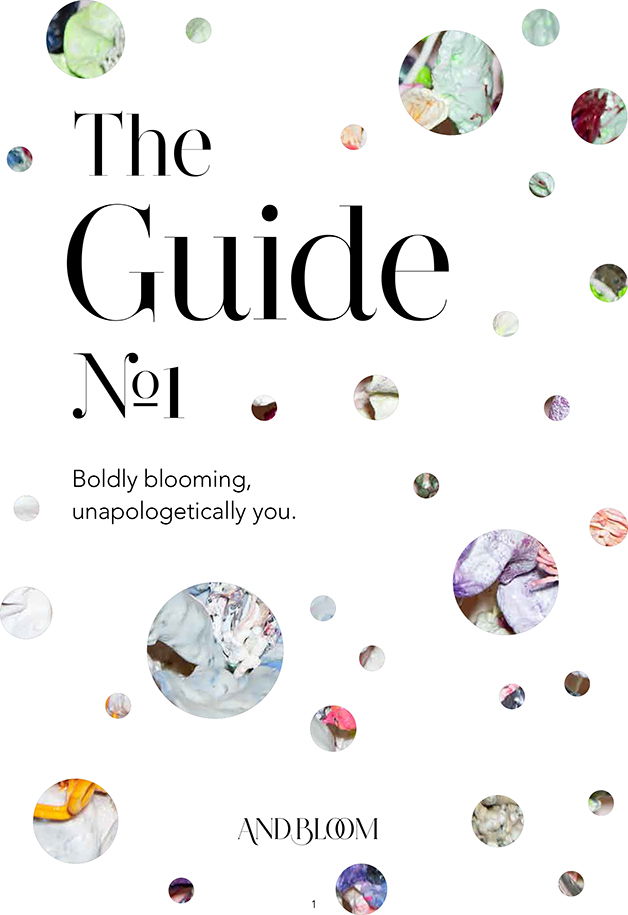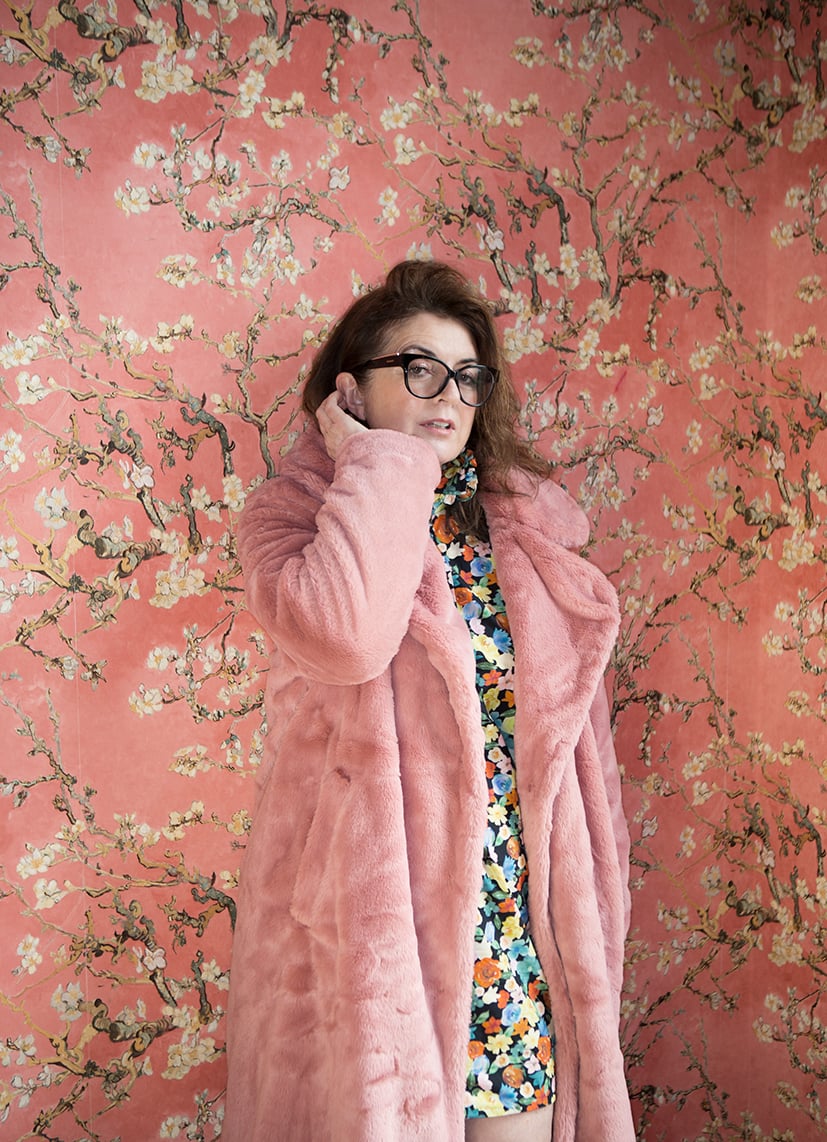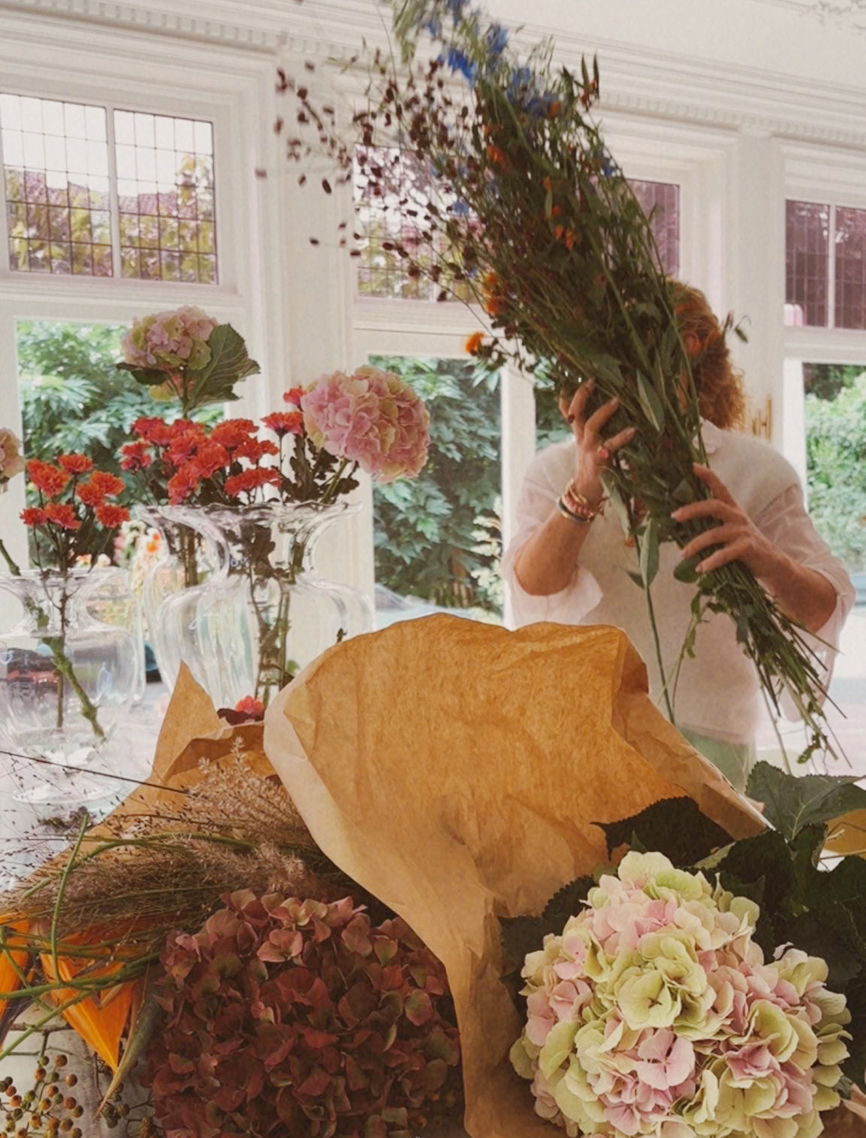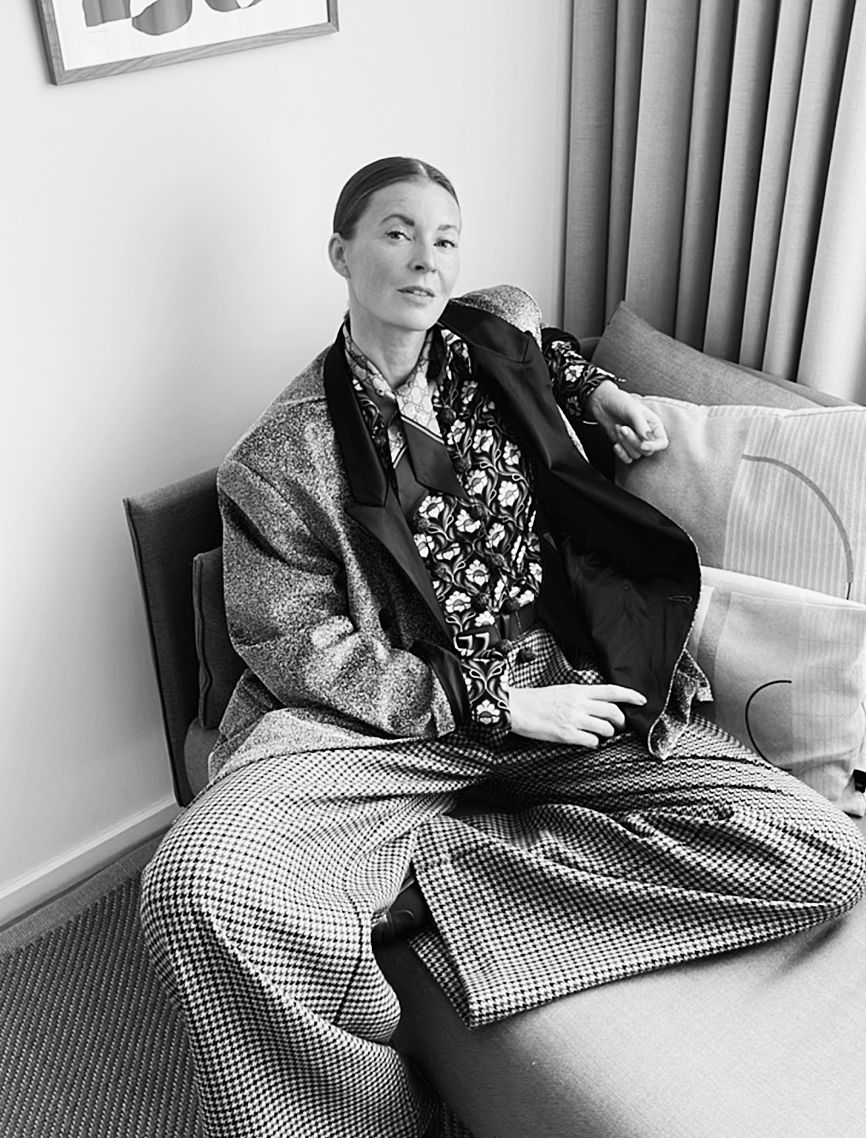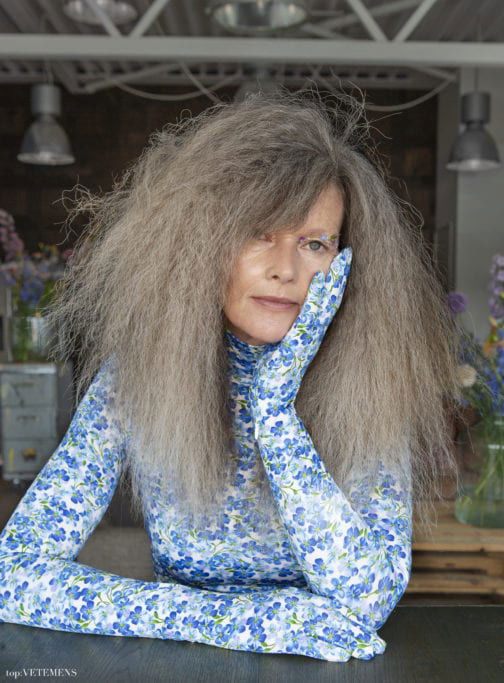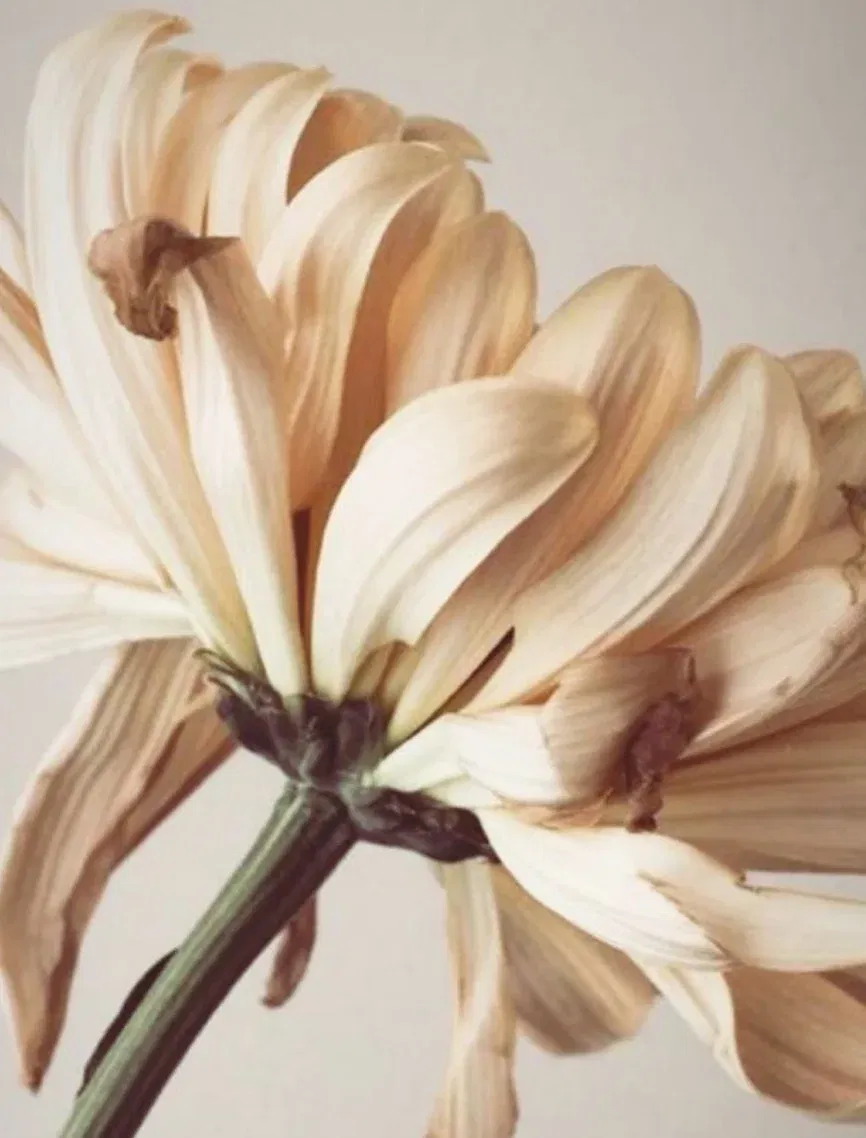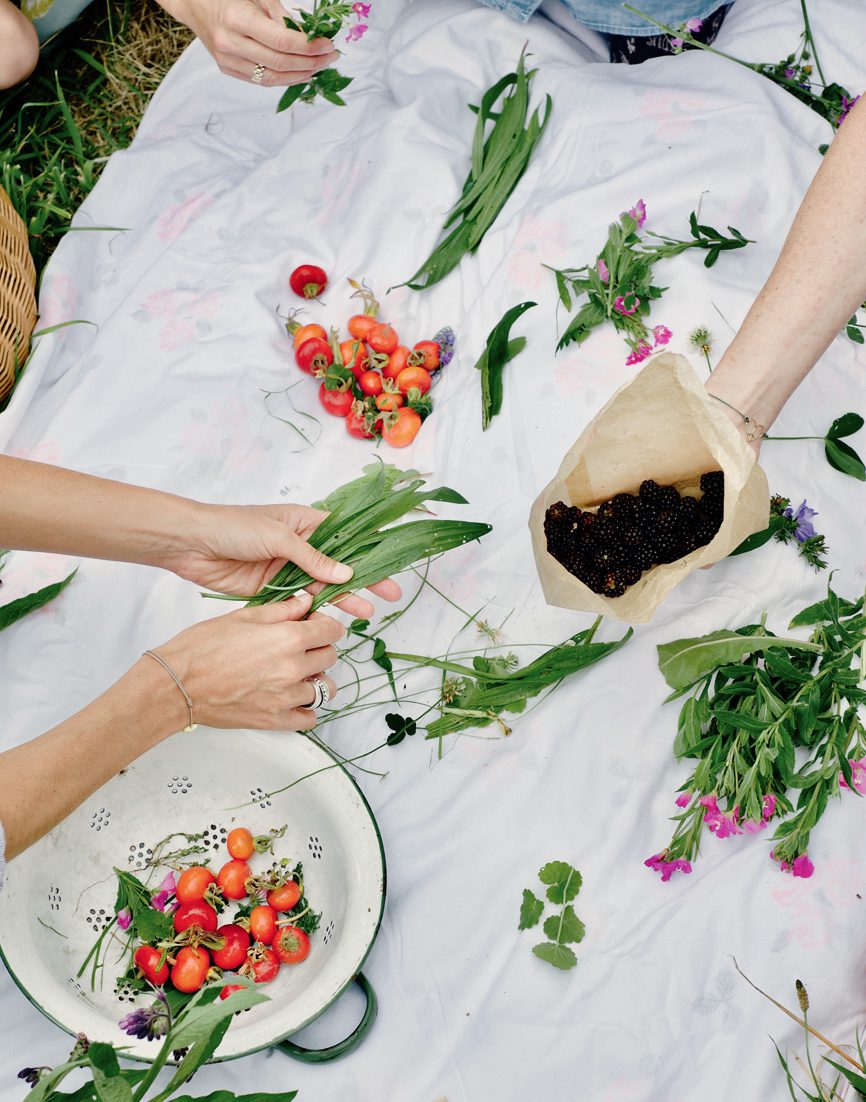Imagine walking outside, the sun on your hair and shoulders and the wonderful aromas of nature all around you! You smell grass, elderflower, roses… With a basket dangling from your arm, you look around you intently. You’re searching for plants to eat but also to use as medicine
This activity might seem rather strange nowadays, but some thousands of years ago, this was a totally natural thing to do. Women tended to be foragers and the men hunters. For the majority of our human history, we were closely connected to our natural surroundings and found everything we needed in nature: our food, medicine, wood for the fire and housing, as well as yarn for clothes and blankets. But since the industrial revolution and especially since the data revolution, it would seem that we are fast losing that close connection we once had with the natural world. Contrast that with nowadays; where we work inside, between walls, behind desks and surrounded by screens.
But a new wave is coming – people want to feel connection again. To feel more love for nature and to encourage more respect for the environment. They want to know what they’re eating, what’s in their food and where it comes from. They want to take responsibility for their own health. By eating from the land and knowing what grows there, they believe they can become even stronger and healthier!
I am Leoniek Bontje, herbalist and forager, but also author of three books. For the next couple of months here on ‘AndBloom’, I will be writing about which plants are best to use for nutritious food and also those that can be put to good use for natural healing.
Lorum ipsum
Lorem ipsum dolor sit amet, consectetur adipiscing elit. Integer nec odio. Praesent libero. Sed cursus ante dapibus diam. Sed nisi. Nulla quis sem at nibh elementum imperdiet.
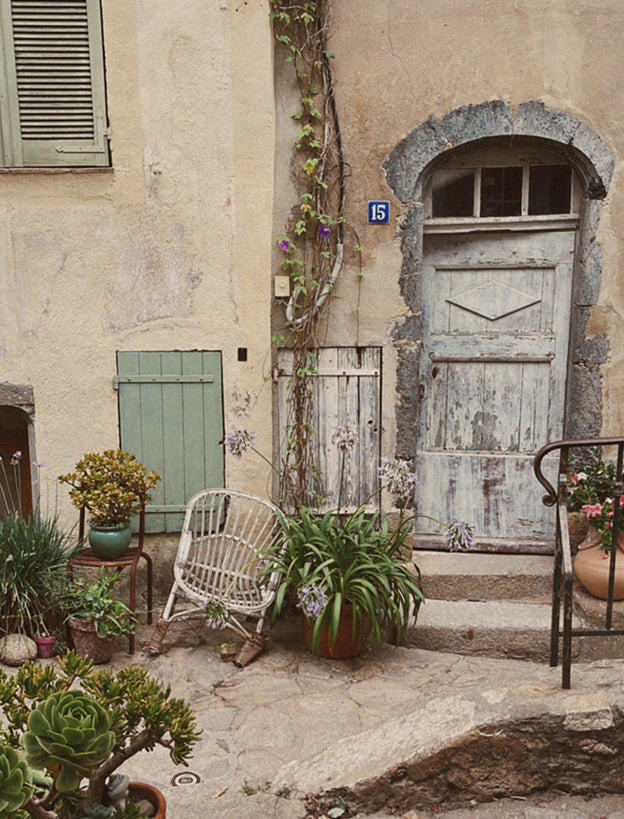
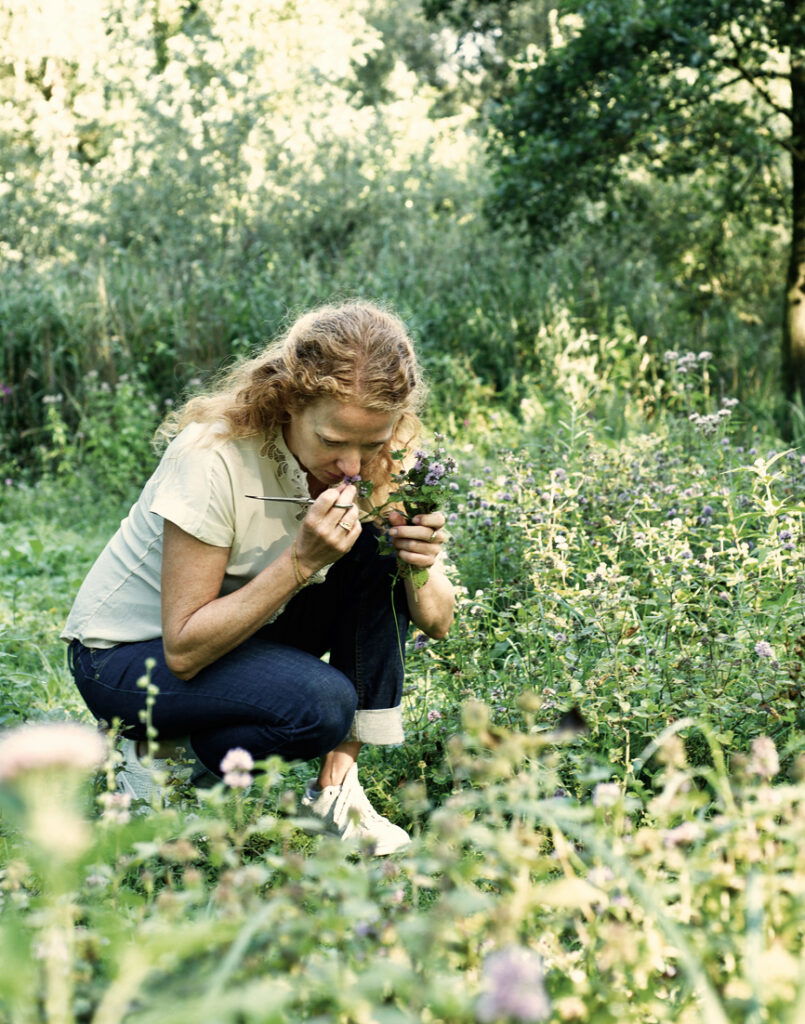
Imagine walking outside, the sun on your hair and shoulders and the wonderful aromas of nature all around you! You smell grass, elderflower, roses… With a basket dangling from your arm, you look around you intently. You’re searching for plants to eat but also to use as medicine
Reconnection with nature
As a little child I grew up in Bergen (NH) and was always outside. I could be found in our big garden, in the forest or at the beach; biking through the fields, working in the school gardens, climbing trees and like a little witch, making potions from plants. But when I grew up and began studying and working in Amsterdam, I lost my connection with nature for a while. Then about ten years ago, I started working with plants again and it all came back to me: my knowledge of medicinal plants, my interest and my love. I studied a lot – and it was fun to learn, but in a way it was almost effortless for me. It was as if I already possessed the wisdom that I needed to know. It felt like a homecoming of sorts, as to me it was so familiar. To this day I enjoy sharing my expertise with others and they feed back to me that it’s so obvious that I have indeed found my true calling.
Lorum ipsum
Lorem ipsum dolor sit amet, consectetur adipiscing elit. Integer nec odio. Praesent libero. Sed cursus ante dapibus diam. Sed nisi. Nulla quis sem at nibh elementum imperdiet.

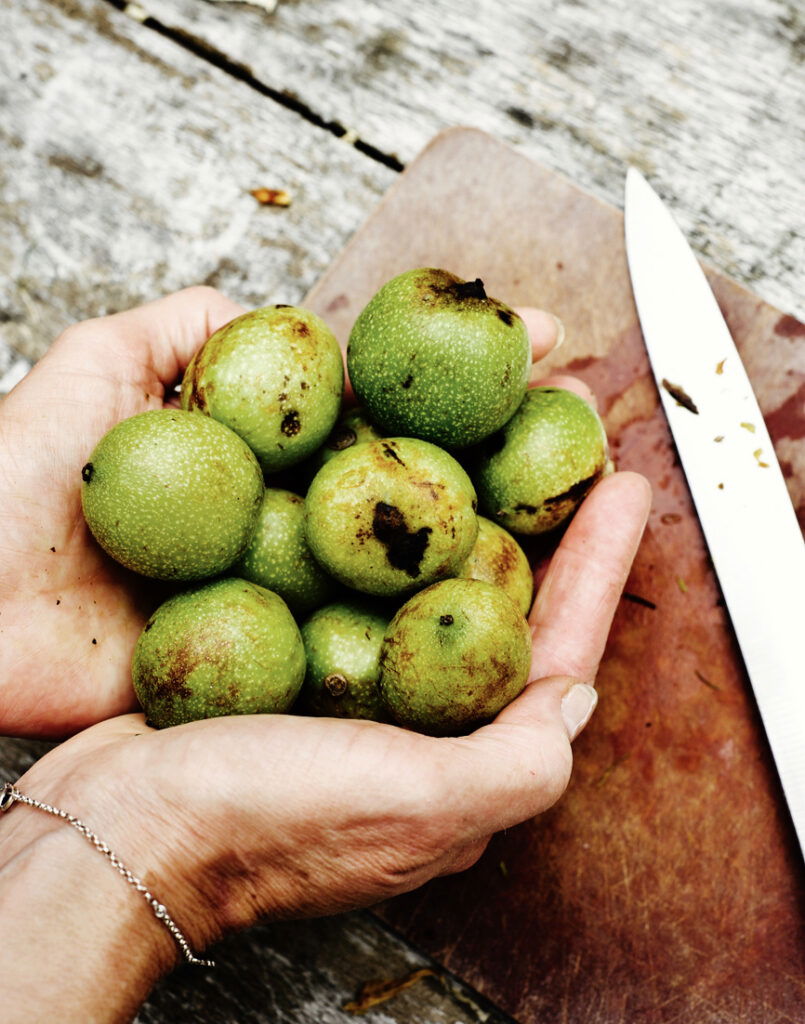
Imagine walking outside, the sun on your hair and shoulders and the wonderful aromas of nature all around you! You smell grass, elderflower, roses… With a basket dangling from your arm, you look around you intently. You’re searching for plants to eat but also to use as medicine
The benefits of plants
Despite modern-day, urbanization my aim is to bring you back to nature and bring nature back to you. I will show you how easy it is to find edible plants in your own environment and how very simply, you can use them to benefit your health. In western society, we ship loads of superfoods from the Tropics, but some are actually growing all around us in our own backyard! They are often to be found just growing on our footpaths as we wander about on our daily business. These superfoods are healthy, easy to access and on top of it all, grow locally. Just go outside and pick them!
Lorum ipsum
Lorem ipsum dolor sit amet, consectetur adipiscing elit. Integer nec odio. Praesent libero. Sed cursus ante dapibus diam. Sed nisi. Nulla quis sem at nibh elementum imperdiet.

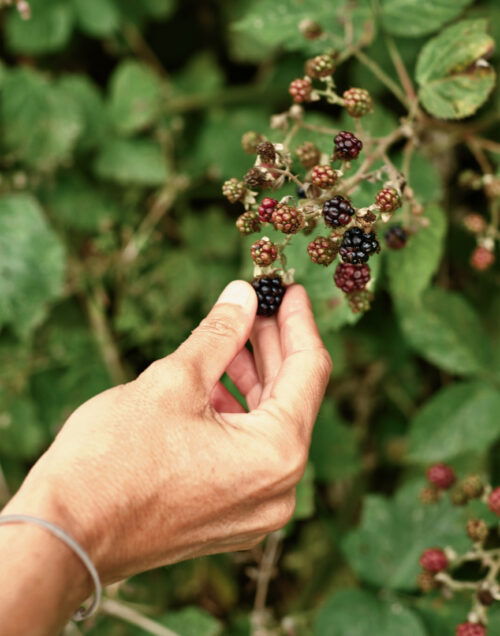
Imagine walking outside, the sun on your hair and shoulders and the wonderful aromas of nature all around you! You smell grass, elderflower, roses… With a basket dangling from your arm, you look around you intently. You’re searching for plants to eat but also to use as medicine
Let’s make a start
Although plants can help us and can be our allies when we’re ill; my focus is going to be on their wellness benefits in maintaining good health. Many people view common plants that grow around us as weeds. Think dandelions, stinging nettles, ground ivy, herb-robert, daisies, plantain, yarrow and wild garlic. Today I am going to introduce you to the properties of a plant that I’m sure you know so well, the stinging nettle!
Stinging nettle: Urtica dioica / Urtica urens
Although this plant has a bad reputation for stinging, it has many beneficial properties. It purifies and fortifies the blood and is very good for your hair and skin. It strengthens your immune system and helps you with springtime lethargy after the dark months of winter. It is good for the urinary and digestive systems. Even its root is helpful for men with an enlarged prostate. It is a natural vitamin and mineral bomb, and a real superfood! The plant contains vitamin A, B, C, D, E, K, chlorophyll, and a bit of histamine (which can be used to build up resistance to hay fever and other allergic reactions and thereby helps us in developing tolerance). It also contains useful minerals such as potassium, calcium, silicea, iron, magnesium, sulphur, chlorine, phosphorus and manganese.
Lorum ipsum
Lorem ipsum dolor sit amet, consectetur adipiscing elit. Integer nec odio. Praesent libero. Sed cursus ante dapibus diam. Sed nisi. Nulla quis sem at nibh elementum imperdiet.

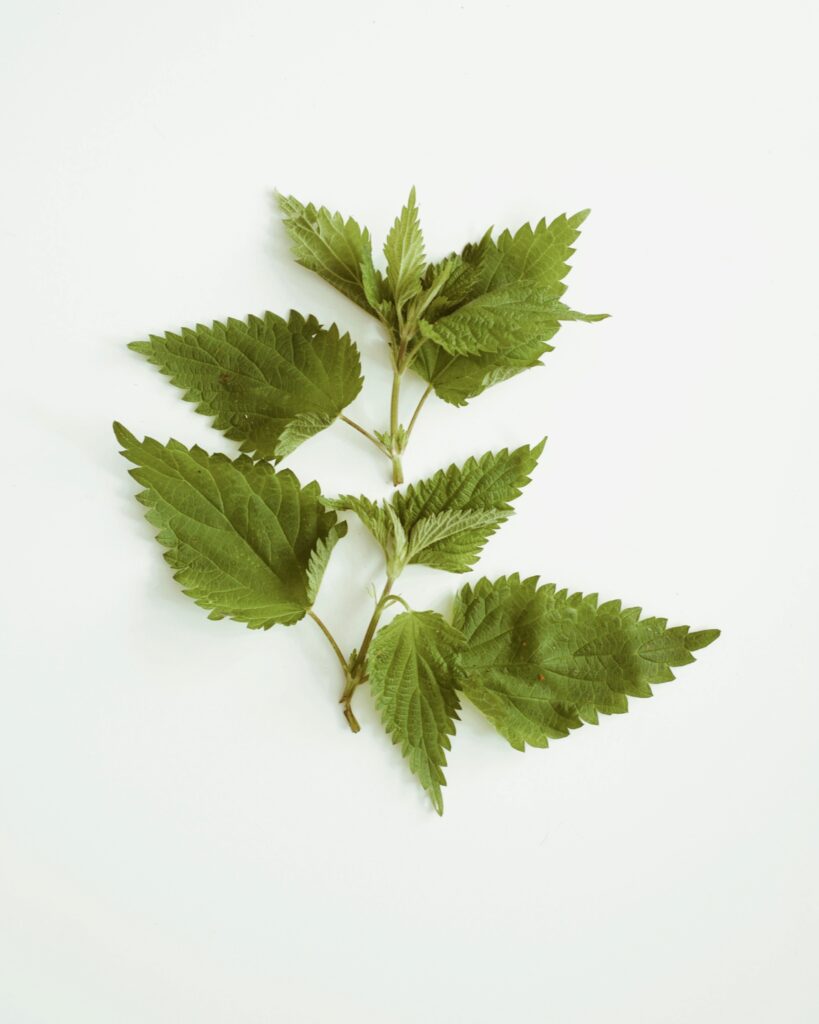
Imagine walking outside, the sun on your hair and shoulders and the wonderful aromas of nature all around you! You smell grass, elderflower, roses… With a basket dangling from your arm, you look around you intently. You’re searching for plants to eat but also to use as medicine
How do you prepare it? You can simply make an infusion by putting some leaves in boiled water and leaving it to brew for 10 minutes. You can then choose to drink it as a tea or perhaps pour it over your hair to give it a healthy, natural shine. Below I have included a simple but tasty recipe for ‘Stinging Nettle Soup’ that I have shared from my book.
In the coming weeks I will enhance your understanding of the benefits that plants can bring to your life. There are some that you can use to boost your immune system, others that will help you to have a better night’s sleep, some will help to improve your skin and yet others that can help soothe the effects of menopause and keep you feeling young, dynamic and healthy.
Wild plants as food and medicine
by Leoniek Bontje, herbalist, forager, author
More Information: www.de-buitenkeuken.nl
Instagram: #debuitenkeuken
Facebook: de buitenkeuken
Lorum ipsum
Lorem ipsum dolor sit amet, consectetur adipiscing elit. Integer nec odio. Praesent libero. Sed cursus ante dapibus diam. Sed nisi. Nulla quis sem at nibh elementum imperdiet.
